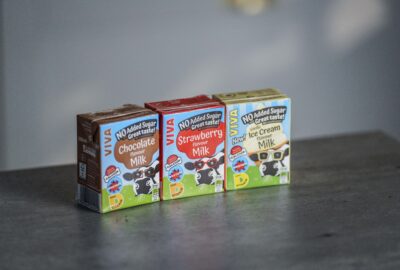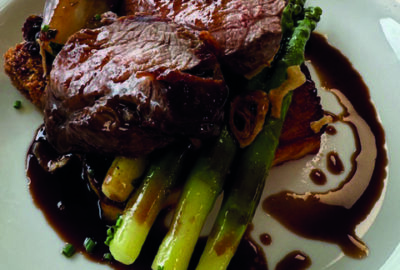The annual National Growing for Wellbeing Week will be taking place from Monday June 7th to Sunday June 13th, organised by ‘Life at No.27’, a gardening and wellbeing therapy organisation.
The aim is to demonstrate how growing your own produce can help wellbeing, both physically and mentally.
At schools, the week can be used to help students make the connection between growing produce, cooking it and eating it. Annabelle Padwick, who started Life at No. 27, says “Caterers can get involved by finding ways to celebrate the produce in their menus, either through designing fun menus, providing children with colouring in sheets or little fact guides about the foods used and how they are grown. Put banners up in the canteen and include displays of vegetables and herbs in pots.”
Although the week takes place in June, Annabel says that many vegetables can still be sown “or if you’ve already produced one crop of vegetables, you can sow a second lot such as runner beans, carrots, beetroot and peas or fruit such as strawberries and raspberries. If schools don’t have gardens, vegetables and
herbs can be grown in containers,” she says.
The free ‘Growing for Wellbeing’ pack (downloadable from the website) suitable for schools, nurseries and care homes, contains fun and easy projects such as making cress caterpillars or seed bombs.
Annabel works with schools to develop outdoor spaces into vegetable patches and runs various programmes for children aged 8 to 18. “They include learning all elements of growing their own vegetables, as well as designing and building the outdoor space into a garden. Children do plenty of weeding, sowing seeds and planting bulbs.”
Top Tips
What advice does Annabelle have to encourage students to learn about where their food comes from and set up their own vegetable patch?
– Keep it simple and fun whether it’s a giant allotment patch or raised beds for each class
– Use the produce in meals as this gives the children a great sense of pride and achievement
– Let the children help design the space
– Let students choose what to grow as this will make them more interested
For more information visit www.lifeatno27.com
Food for Life
Encouraging students to eat healthy food and learn where their food comes from is behind The Soil Association’s ‘Food for Life’schools programme.
Rob Percival, Head of Policy, Food and Health at Food for Life says: “We encourage our caterers to work with their schools to boost children’s appreciation of good food. This awareness is about more than just eating – it involves understanding where food comes from, how it is produced and made. Growing your own is a positive, natural way to encourage a healthy relationship with food from an early age, understanding that fresh is ideal, obtainable and delicious!”
At Crosby Ravensworth CE Primary School in Cumbria, which holds the Bronze ‘Food For Life’ Award, an extensive array of produce has been grown this year such as onions, salad leaves, carrots, rhubarb and parsley, as well as a bumper crop of garlic.
Duncan Priestley, head teacher, says “Freda Smith our chef uses school grown produce in meals such as chow mein, lasagne and rhubarb crumble. She also adds her own home-grown fruit and veg. We’ve nurtured links with our community and local growers have donated produce. We’re continuing to adapt and evolve our growing policy over time so we can produce what works best for us.”


